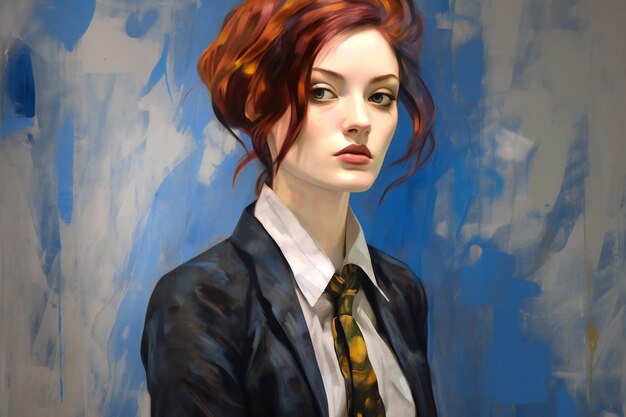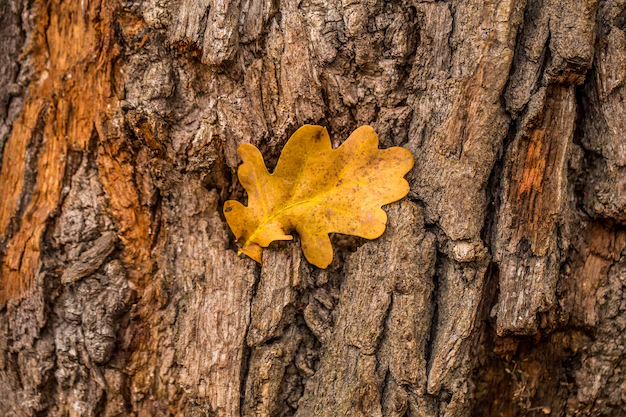
Gianss
Introduction
The word “Gianss” might seem unfamiliar to many at first glance. Though it appears to relate to the broader theme of “giantess” (macrophilia or the fascination with gigantic figures, typically women), “Gianss” could either signify an emerging niche, a deliberate twist on the idea of giantess, or possibly even a digital culture reference. This article aims to explore the various interpretations and contexts in which the concept may appear, focusing on related subcultures, media portrayals, and community interactions surrounding giants and large-scale fantasies.
This topic touches on themes in popular media, virtual spaces, psychological dynamics, and cultural trends—providing a deeper dive into how people engage with such ideas both online and in real-world scenarios.
Origins and Definition of “Gianss”
If we treat “Gianss” as a new or stylized version of the concept of “giantess”, it relates to the notion of powerful, larger-than-life women, often found in mythology, fiction, and fantasy art. Throughout history, tales of giants—both male and female—have sparked imaginations. Figures like the Norse Jötunn or the Greek Titans are prime examples. In contemporary culture, the term “giantess” specifically evolved into both a fantasy trope and, in some cases, a fetish (macrophilia) that emphasizes size differences between people.
The term “Gianss” might represent either:
- A misspelling or reinterpretation of “giantess,” where the concept is rebranded.
- A coined term in new online spaces, merging aspects of fantasy, role-playing, or kink culture with an intentional emphasis on size dynamics.
The Evolution of Giant Figures in Myth and Media
Ancient Roots of Giant Lore
From Greek mythology to Norse sagas, tales of enormous beings have existed throughout human history. These myths often used giants to represent chaos, power, or forces beyond human control. In the Bible, Goliath, the Philistine giant, symbolized an overwhelming threat to the Israelites, eventually overcome by David. Similarly, in Norse mythology, giants such as Ymir were cosmic entities representing chaos before the world was formed.
From Mythology to Pop Culture
In modern storytelling, the trope of the giantess continues to appear. Films like Attack of the 50 Foot Woman (1958) introduced a larger-than-life heroine who embodied fear and fascination. More recently, characters like Lady Dimitrescu from Resident Evil Village captivated audiences not only with their height but also their charisma and mystique. These representations reflect society’s evolving fascination with power, dominance, and size dynamics.
Psychological and Cultural Interpretations of Gianss
The Appeal of Size Contrast
The interest in giant figures or giantesses has deep psychological roots. Many people are drawn to power dynamics, often enjoying the contrast between smallness and largeness as a metaphor for dominance, safety, or submission. In psychological terms, macrophilia (the fascination with larger-than-life figures) offers both an escape from reality and a means to explore fantasies of power and vulnerability in controlled environments.
Role of Giantess in Online Communities
Today, the idea of giants and giantesses has spawned online subcultures, many of which revolve around storytelling, artwork, role-playing games, and forums. Platforms like DeviantArt and Reddit have dedicated spaces where individuals share digital art, stories, or discuss their fantasies involving giant figures. Games such as Sizebox provide virtual experiences where players create scenarios exploring size difference dynamics
.
The use of a term like “Gianss” could represent a new community formation or a playful rebranding of the established giantess trope. As these subcultures grow, they reflect changing societal attitudes toward fantasy, desire, and identity, particularly in niche areas where people feel free to explore unusual interests.
Gianss in Virtual Reality and Digital Art
With advances in virtual reality (VR) and digital art, fans of size-related fantasies can immerse themselves in customized worlds. VR games allow users to step into environments where giants and giantesses interact with tiny figures. This interaction goes beyond simple fascination, as these platforms provide spaces where individuals experiment with ideas of control, power, and fantasy safely.
In particular, VRChat and sandbox games like Sizebox have garnered attention for enabling players to create or experience custom content featuring giant characters. These games provide a unique avenue for individuals to experience role-play scenarios, reflecting personal fantasies that might be difficult to achieve in the real world
.
Gianss in Fiction and Storytelling
The literary world also plays a part in cultivating interest in giants and giantesses. Stories featuring powerful, towering characters often explore themes of otherness, alienation, and transformation. Whether in fantasy novels or short stories published online, these characters provide an avenue to address ideas of identity, empowerment, or fear.
For instance, stories involving giant characters might feature themes such as:
- Revenge or redemption through transformation.
- Unconventional relationships where size plays a critical role.
- World-building scenarios in which giants exist alongside humans, reflecting societal hierarchies or tensions.
In online fiction, giantess-themed stories often include both lighthearted and dark elements, ranging from humorous misunderstandings to dramatic role reversals.
The Social Impact of Gianss and Related Subcultures
As niche communities grow, they contribute to a broader conversation about acceptance and diversity in human interests. Engaging with fantasies involving size differences, whether through stories, art, or role-play, allows people to explore personal identity and preferences without judgment.
The rise of terms like “Gianss” hints at the fluidity within these spaces, where labels and concepts evolve with community input. This evolution reflects a broader trend in internet culture, where new terms and ideas emerge organically as people engage in creative activities and discussions.
Real-World Engagement: Events and Meetups
While much of the giantess or “gianss” interest is expressed online, there are also real-world elements to this fascination. Some enthusiasts attend meet-ups or conventions focused on fantasy, cosplay, or fetish interests, where people can connect over shared ideas. Tall women or models may also participate in role-playing events where they embody giantess characters, providing a more tangible experience for participants.
Conclusion
The keyword “Gianss” may represent a twist on the well-established concept of the giantess, tapping into a niche interest that spans mythology, psychology, pop culture, and digital communities. Whether it serves as a new label or simply a misspelling, “gianss” reflects the ongoing fascination with themes of size, power, and fantasy that have captivated humans for centuries.
As more people find ways to express their interests in creative and inclusive spaces, terms like “Gianss” will likely become part of the evolving lexicon of niche communities. These spaces highlight the importance of acceptance, exploration, and identity in today’s interconnected world—proving that even the most unusual interests can foster creativity and connection.



